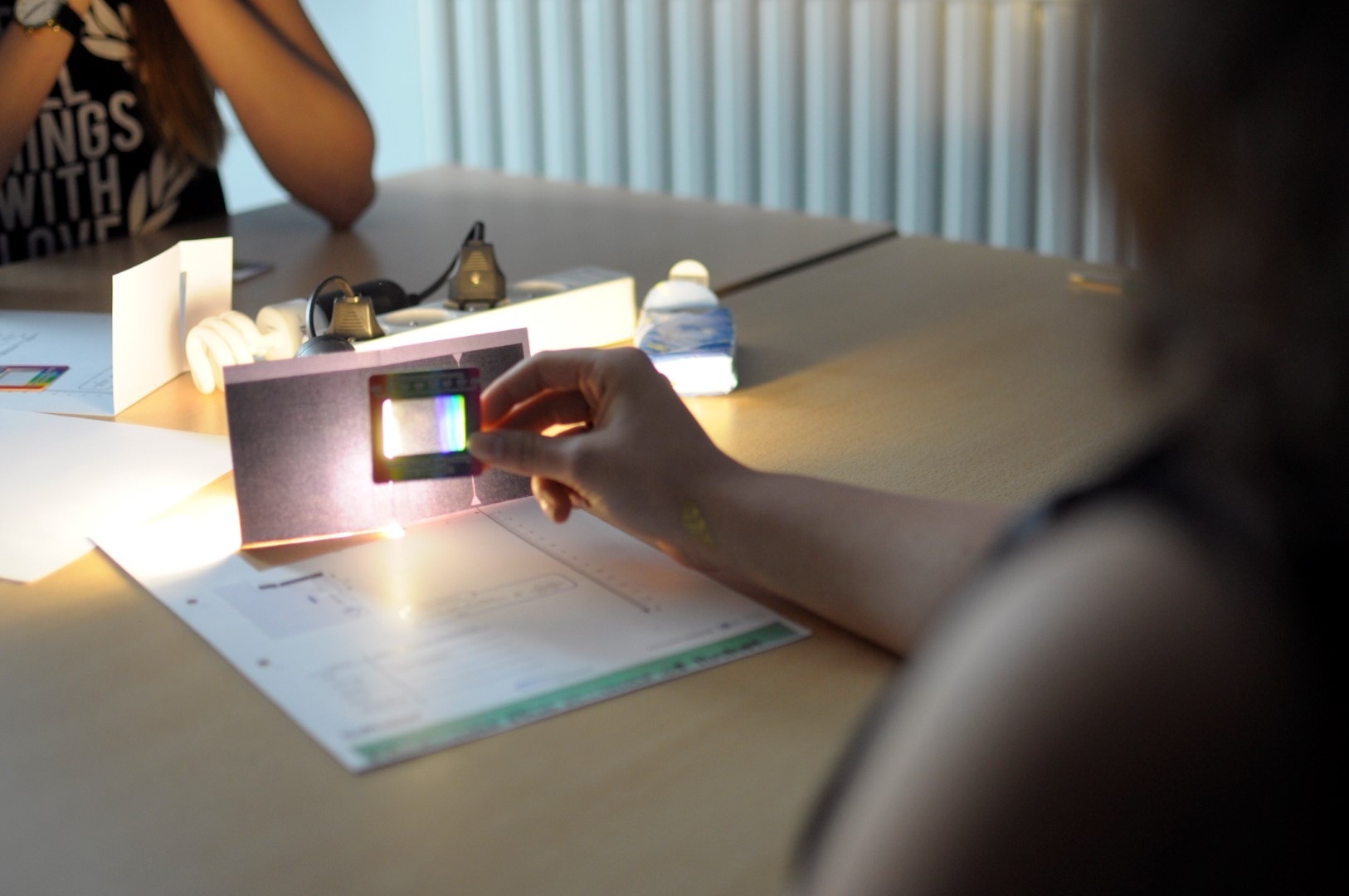Let's get back in time and look ahead

The end of a year is an excellent moment to reflect on the past and prepare the future. Looking for inspiration on photonics ? On its "Photon Terrace" educational website, Hamamatsu shines some light on Prof. Thienpont’s energetic activities in photonics travelling back 35 years in time.
He has believed in the possibilities offered by photonics since its earliest days and has been working to foster photonics engineers and promote collaborative efforts with industry. A few quotes from the full article :
“We have built up a society and economy that relies on high technology and innovation, yet we have not nurtured the right human resources for continuously supporting and innovating that technology."
Prof. Thienpont established a master’s course in photonics at the Vrije Universiteit Brussel in 1994.
“Our university was the only place on the European continent that delivered engineers capable of meeting these kinds of industry needs. They were engineers understanding classical optics, optical fibers, and measurement technology, and who were capable to actually make use of these technologies.”
“Have hands-on experience in using optic equipment and photonics instrumentation.” That was what Prof. Thienpont always insisted on and is still applicable today for our European MSc. in Photonics : “I instructed the students to actually use equipment such as lasers, LED, and detectors. I used some funding for research work to cover these educational costs.”
“This kind of knowledge really sinks in if it is taught ‘hands-on’ rather than merely learning theory from textbooks. And that is why we have made Photonics Explorer experiment kits. The kits include an instruction manual, so students can learn while carrying out experiments on their own,” says Prof. Thienpont. Currently, over 3,000 of these kits have been distributed in Europe and some 150,000 to 160,000 students are learning from the kits each year. The students will in this way learn to like physics and photonics more and more and, if they become skilled from this, then that could be called the greatest possible result.
However, Prof. Thienpont says that is merely one small step. In other words, getting students absorbed in the STEM (science, technology, engineering, mathematics) fields should not be a one-time thing but rather students’ interest should be kept constantly high through primary school, middle and high school, and college.
He loves science and enjoys working along with wonderful people, he helps other people live a higher quality of life, and he provides new opportunities for the younger generation. From the very start when Prof. Thienpont thought about spreading photonics to industry, he believed that photonics would prove necessary for the future industrial world.
Stay tuned for more future and follow us on twitter, facebook or linkedin!


